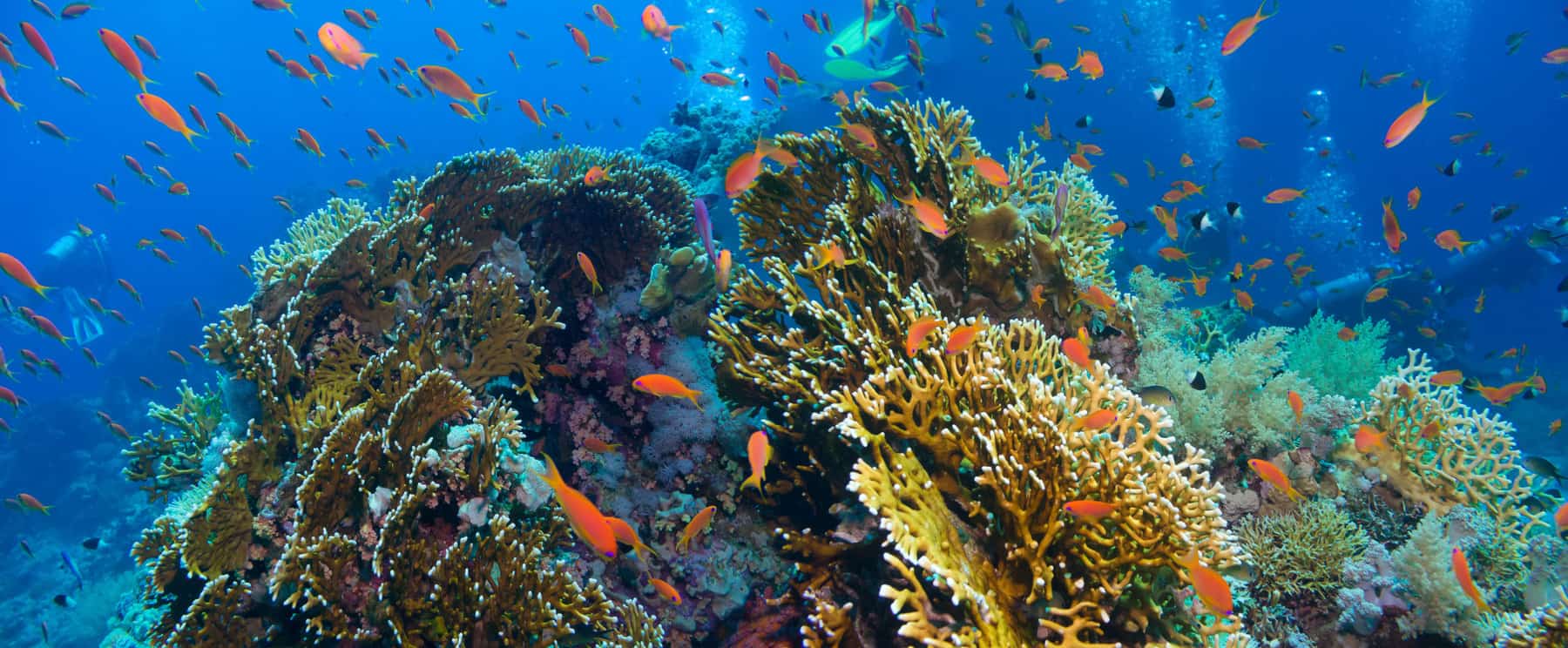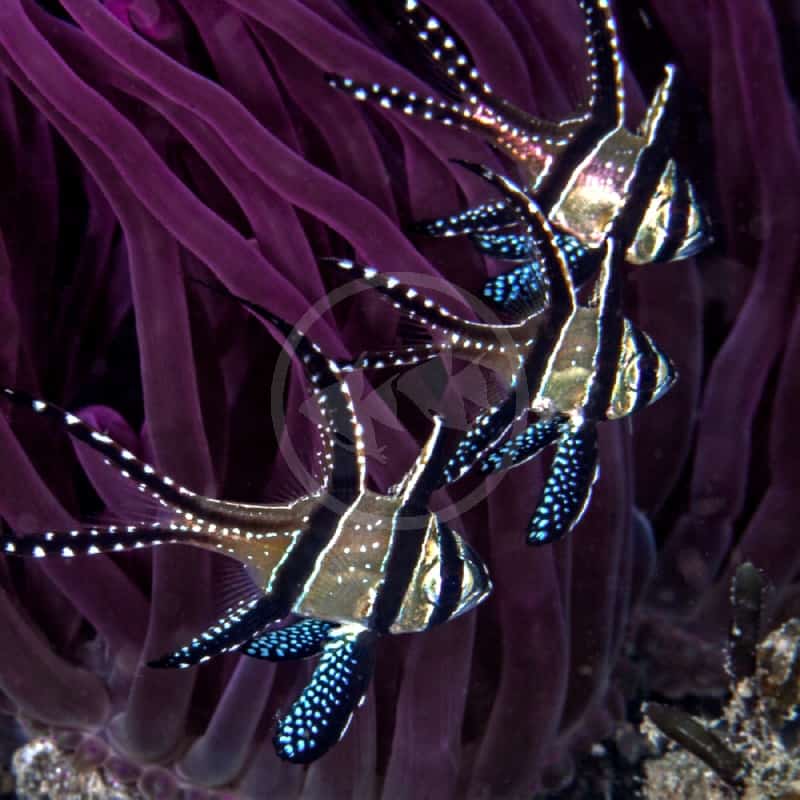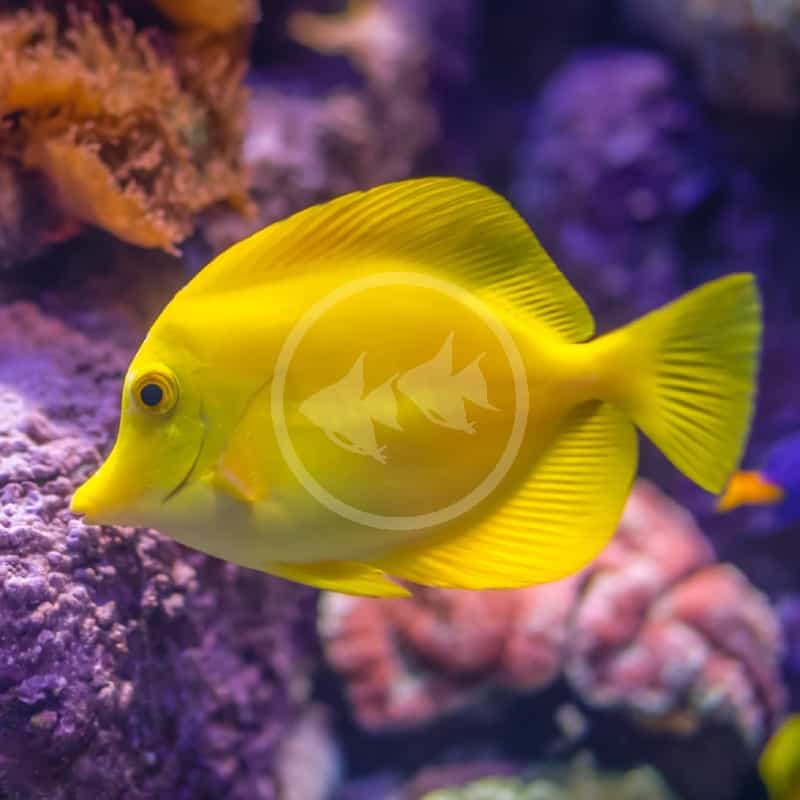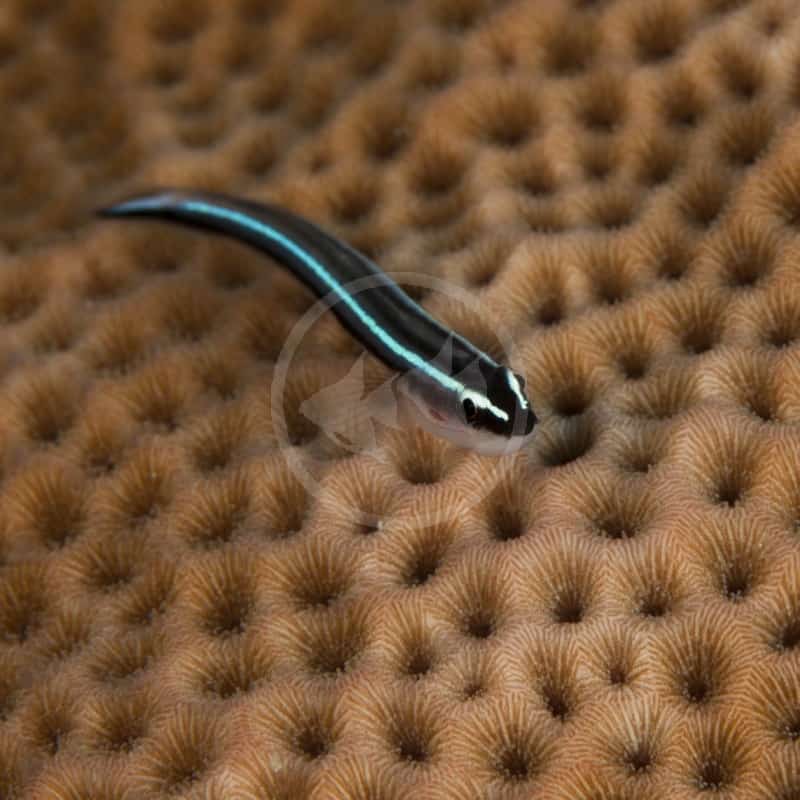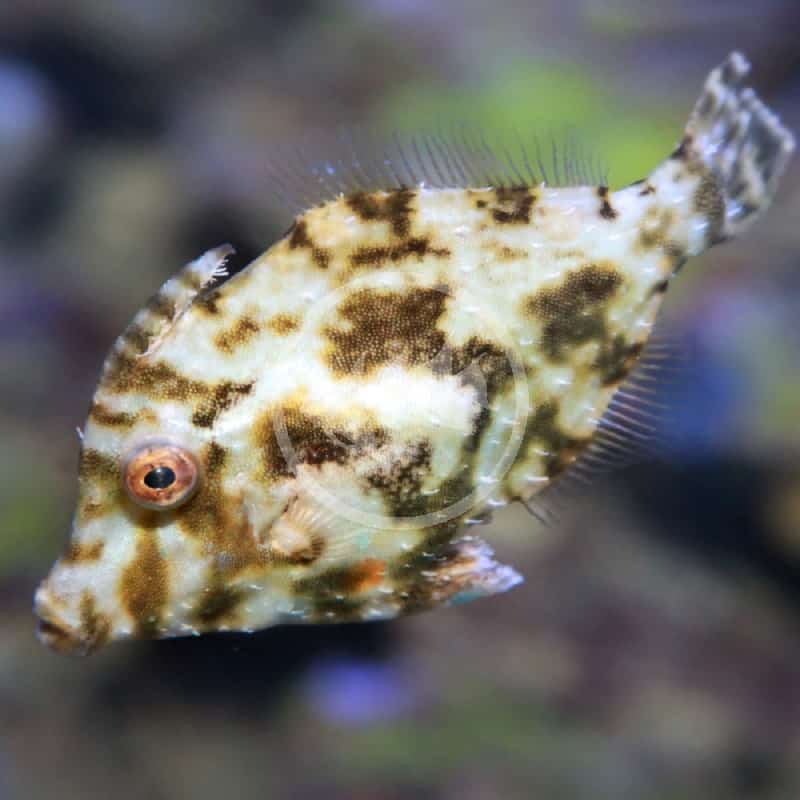What it means?
The term ‘sustainability’ has been circulating through the aquarium trade over the past decade as hobbyists express greater interest in knowing where their fish and corals are coming from, but what does it refer to? For our business specifically, sustainable means choosing to buy livestock from fisheries that strictly enforce regulations of more ethical collection practices. Such livestock will include “…sourced from more sustainable locations” in their descriptions on our website. Our idea of sustainability also includes not carrying certain fish and invertebrate species in our store that have a very low rate of survival in the home aquarium. Essentially, it is “unsustainable” to order these specimens.
Why is sustainability better?
There are two main points to consider when thinking about the ethics of different fisheries: the method by which the fish were collected, and not over harvesting of any one species. Cyanide – a neurotoxin that stuns fish which in turn makes them easier to capture – was once the primary method used to harvest fish. But as we began to recognize not only the negative, long term effects it has on the fish we were collecting, but also on the reef ecosystems themselves, the use of cyanide became illegal. Unfortunately, whether this is implemented is dependent on the enforcement agencies of where each of the fisheries are broadly located.


Fisheries located in Hawaii, Fiji [including Melanesia], Australia, and the Red Sea are stringently managed, and have set an incredible example and standard in the industry. The use of cyanide has been entirely eliminated in these regions through such regulations. On the other hand, fisheries located in the Indo-Pacific, including Indonesia and the Philippines, are more poorly managed [there are some exceptions]. The resources for local municipalities in these regions to enforce the illegal use of cyanide, and to monitor the quantities of fish being collected, are lacking overall. Because of this, at least 50% of the fish exported from the Philippines are still treated with cyanide today, and during the boom of the film Finding Nemo for example, the Blue Tang (Paracanthurus hepatus) was over collected. The repercussions of this were not only on the tang population itself, but this was also concerning for the reef ecosystem because these tangs forage on algae that could otherwise smother the corals. All said and done, sustainable practices more effectively hold this hobby accountable in order to protect and preserve what’s wild.
At Aquatics Unlimited we want you, as the consumer, to not only feel good about your marine livestock purchase from a health standpoint, but know that we are conscientious about the impact the aquarium trade has on wild populations. We’re doing our small part by sourcing fish whenever possible from these specific regions that uphold more sustainable practices.
Sustainability on the Retail Price
Sustainably collected livestock doesn’t always translate to costing an arm and a leg compared to other livestock, but here is some food for thought: the methods of sustainable [e.g., nets, hand-nets] vs. unsustainable [e.g., cyanide] collection does factor in different values of labor toward the cost of the fish.
Prices of livestock are also affected by exportation fees, permit fees, freight fees, and middlemen fees that can vary regionally across these fisheries.
Aquacultured and Captive Bred
Another alternative, and perhaps the best way, to promote sustainability is by supporting aquacultured and captive bred fisheries. Both of these terms are used interchangeably to describe livestock that is produced and reared in a semi-natural or artificial environment, which are hardier and more stable than wild-caught specimens. Captive breeding not only produces more robust fish, but it also takes the pressure of the aquarium trade off of wild ecosystems by not collecting from them as frequently or even at all. With few exceptions, captive bred marine fish today have a significant inflation on their price compared to an individual taken from the wild. However, this is likely to change overtime as fish become more available through aquaculture practices. Artificial breeding of many of the marine fish desired by hobbyists has been extremely challenging, but small strides are made each year to make available new captive raised saltwater fish.
Captive bred livestock at Aquatics Unlimited will include either “aquacultured or captive bred” in their titles or descriptions on our website.
Baillargeon G, Lyons T, Erickson K. 2020. A guide to ethical and sustainable fish purchasing. MASNA https://masna.org/masna-education/ethical-purchasing/


